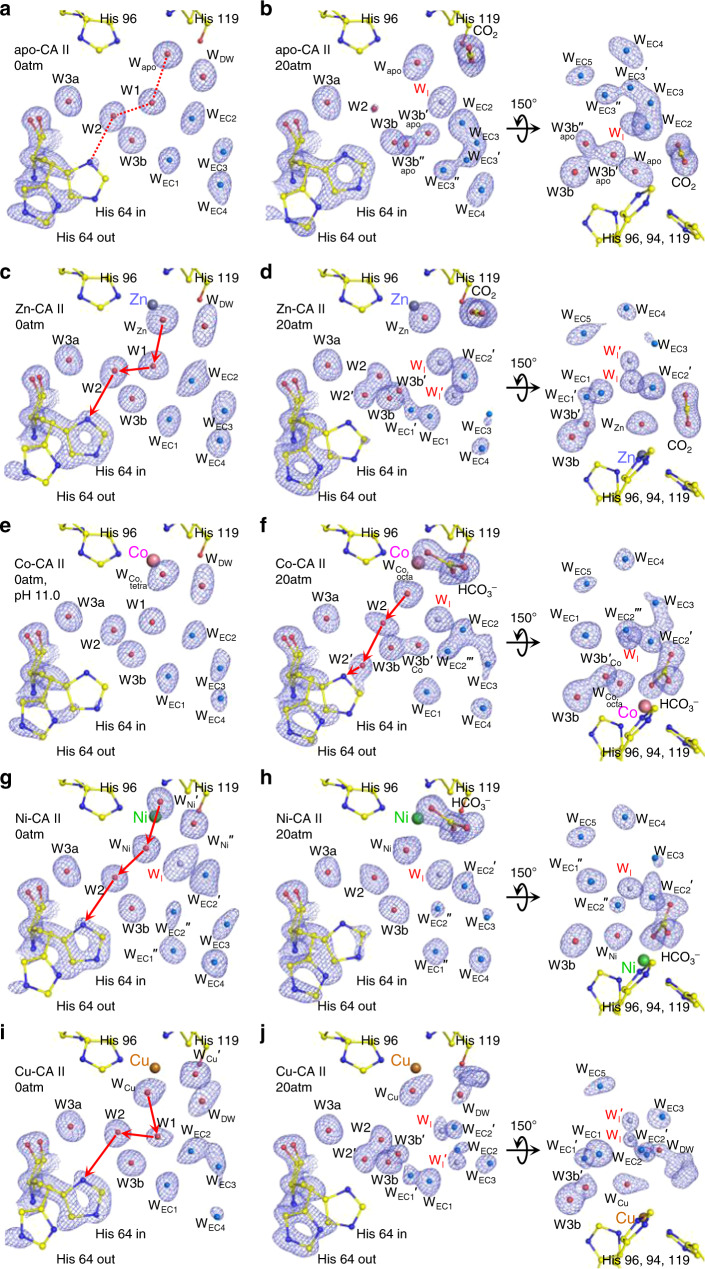Fig. 6. Active site in CA II showing proton transfer pathway and EC water network (WEC1 ~ WEC5).
The electron density (2Fo–Fc) is contoured at 1.7σ except for EC waters at 1.5σ. The EC waters are colored in aqua marine and the intermediate waters (WI and WI′) in steel blue for clarity. W2′ is an alternative position of W2. The possible proton transfer pathways in the metal-CA IIs are depicted as red arrows. All structures were obtained at pH 7.8 except for e at pH 11.0. a, b Apo-CA II shows well-ordered water arrangement (dotted red line) with His64 favored in outward conformation at 0 atm CO2 pressure. Upon CO2 binding, His64 moves inward and water molecules show highly dynamical motions, stabilizing WI. c, d Zn-CA II shows His64 favored in inward conformation at 0 atm CO2 pressure. Upon CO2 binding, W2, W3b, and WEC waters show significantly different dynamics with His64 moving outward, and an additional intermediate water (WI′) is stabilized with the WEC molecules. The motions of W3b and WEC1 turn on the dynamic interplay between the proton transfer and EC water networks. e, f Co-CA II shows similar arrangement initially as in Zn-CA II. However, upon full HCO3− binding, the dynamical motions of EC waters are different and the intermediate water WI′ is less stabilized. Note that, in Co-CA II, proton transfer seems to occur while the product is still bound. g, h Ni-CA II initially shows altered water arrangements due to octahedral coordination. Upon HCO3− binding, significantly reduced water dynamical motions are recognized. i, j Cu-CA II shows unexpectedly similar dynamical motions of active site waters and His64 as in Zn-CA II.

